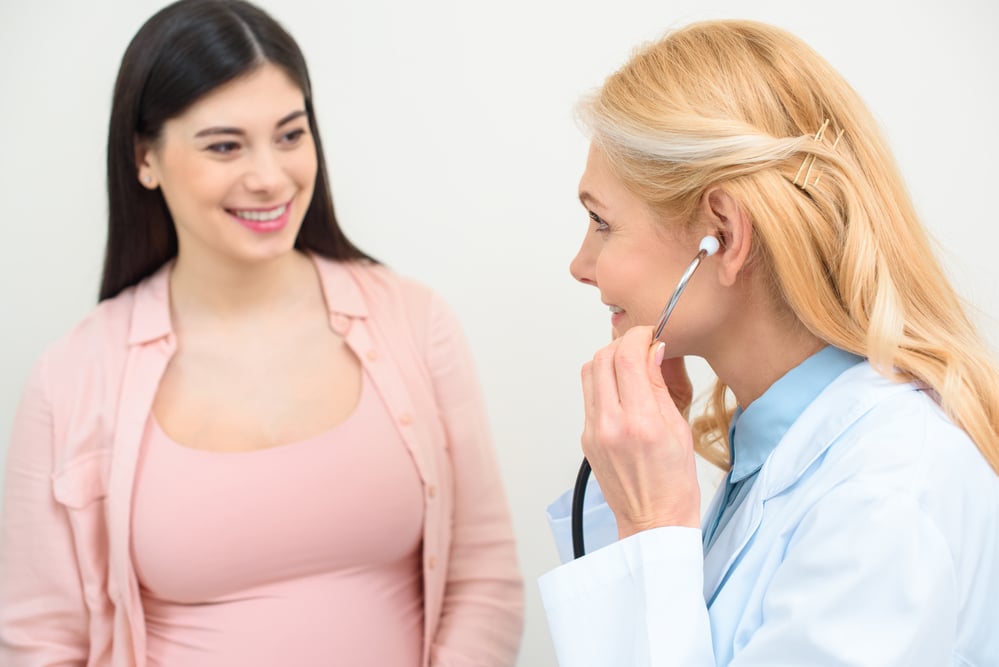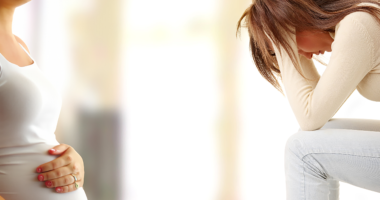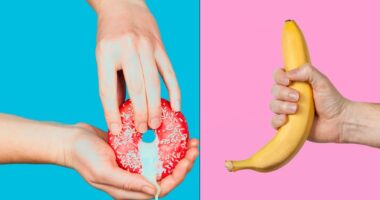Estrogen contributes to cognitive health, bone health, cardiovascular function, and other essential bodily functions.
However, most people know it for its role in women’s sexual and reproductive health, along with progesterone.
The ovaries, adrenal glands, and adipose tissue produce estrogen. Both men and women have this hormone in their bodies, but women produce more of it.
In this article, we look at estrogen in more detail, including how it works, what happens when levels fluctuate, and medical use.
Types of Estrogen
There are different types of estrogen:
Estrone
This type of estrogen is present in the body after menopause. It is a weakened form of estrogen and one that the body can convert to other forms of estrogen as needed.
Estradiol
Both males and females produce estradiol, and it is the most common type of estrogen in females during their reproductive years.
Too much estradiol can lead to acne, decreased sex drive, osteoporosis and depression. Too much can increase the risk of cervical and breast cancer. However, low levels can lead to weight gain and heart disease.
Estriol
Estrogen levels rise during pregnancy, as it helps the uterus grow and prepares the body for birth. Just before birth, estrogen levels rise.
Function of Estrogen
Estrogen enables the following organs to function.
Ovaries: Estrogen helps stimulate the development of the ovaries.
Vagina: In the vagina, estrogen maintains the thickness of the vaginal wall and promotes lubrication.
Uterus: Estrogen enlarges and maintains the mucous membrane that lines the uterus. It also regulates the flow and thickness of uterine mucus.
Breasts: The body uses estrogen in the formation of breast tissue. This hormone also helps to stop the flow of milk after weaning.
Levels of Estrogen
Estrogen levels vary from person to person. They also fluctuate during menstruation and throughout a woman’s life. These fluctuations can sometimes cause effects such as mood swings before menstruation or hot flashes in menopause.
Factors affecting estrogen levels include:
- pregnancy, the end of pregnancy, and breastfeeding
- puberty
- menopause
- older age
- overweight and obesity
- extreme dieting or anorexia nervosa
- strenuous exercise or training
- the use of certain medications, including steroids, ampicillin, estrogen-containing drugs, phenothiazines, and tetracyclines
- some congenital conditions, such as Turner’s syndrome
- high blood pressure
- diabetes
- primary ovarian insufficiency
- an underactive pituitary gland
- polycystic ovary syndrome (PCOS)
- tumors of the ovaries or adrenal glands
Estrogen Imbalance
An imbalance of estrogen leads to:
- irregular or no menstruation
- light or heavy bleeding during menstruation
- more severe premenstrual or menopausal symptoms
- hot flashes, night sweats, or both
- noncancerous lumps in the breast and uterus
- mood changes and sleeping problems
- weight gain, mainly in the hips, thighs, and waist
- low sexual desire
- vaginal dryness and vaginal atrophy
- fatigue
- mood swings
- feelings of depression and anxiety
- dry skin
Some of these effects are common during menopause.
Estrogen Sources & Uses
If a person has low estrogen levels, the doctor may prescribe supplements or medications.
Estrogen products include:
- Synthetic estrogen
- Biological estrogen
- Premarin, which contains estrogen from the urine of pregnant horses.
Food Sources of Estrogen
Some foods contain phytoestrogens, a plant-based substance that resembles estrogen.
Some studies show that they can affect the level of a reliable source of estrogen in the body. However, there is not enough evidence to confirm this.
Foods containing phytoestrogens include:
- cruciferous vegetables
- soy and some foods containing soy protein
- berries
- seeds and grains
- nuts
- fruit
- wine
Some people believe that foods containing phytoestrogens can help combat hot flashes and other effects of menopause, but this is not scientifically supported.
Also, eating whole soy foods, for example, may not have the same effect as taking soy extract as a supplement.











3 comments
Informative